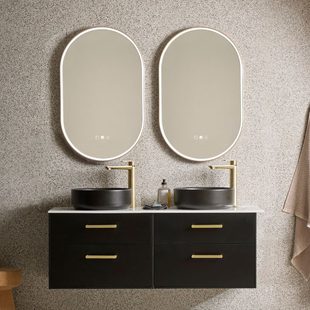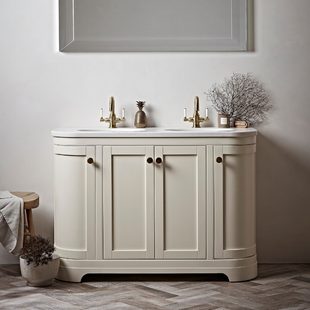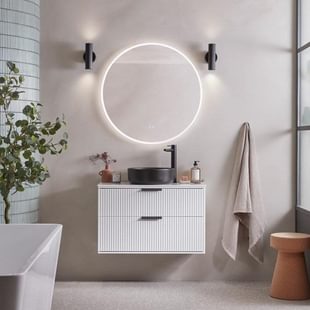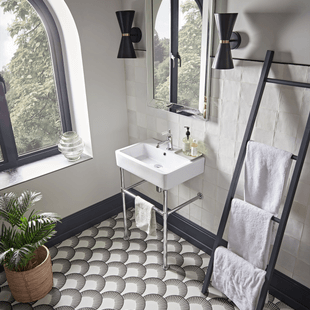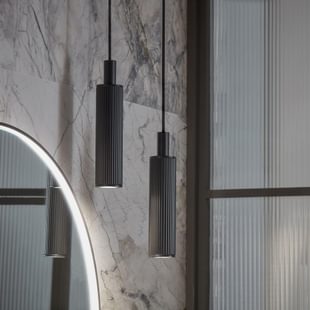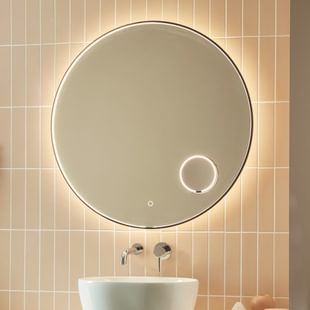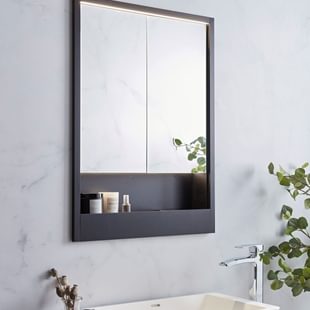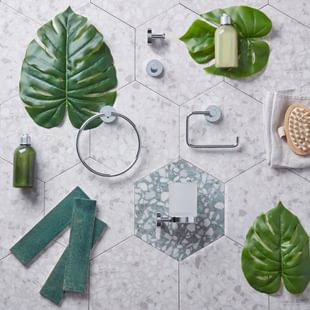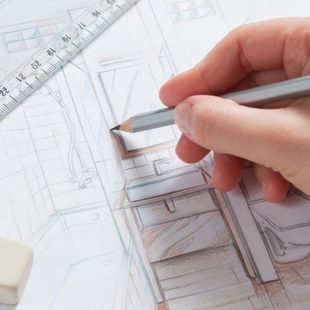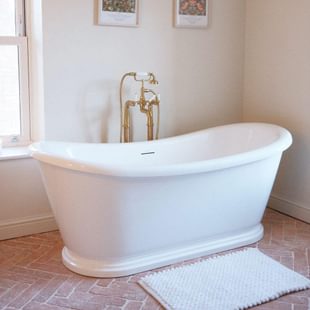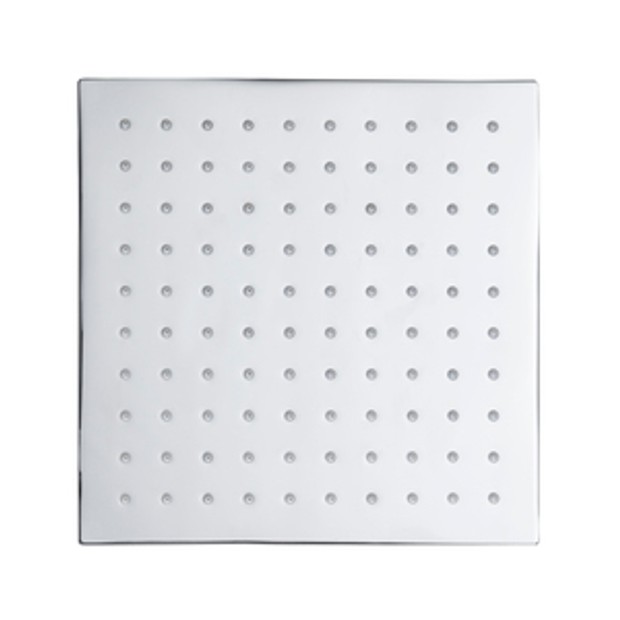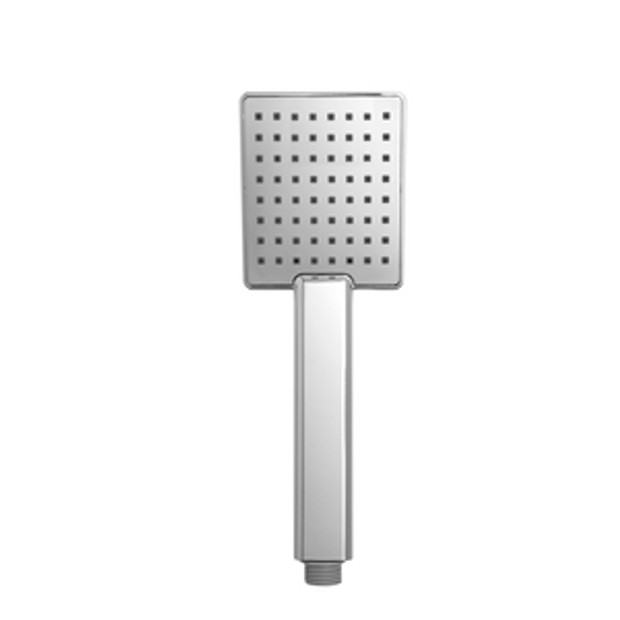- Collections
- Bathroom Furniture
- Baths
-
Basins & WCs
Basin & WC Styles
-
Taps
-
Showers
-
Lighting
Smart Lighting Solutions
- Mirrors
-
Cabinets
Cabinet Types
- Accessories
-
Guides & Ideas
Inspiration
-
 Book a design appointment Arrange a design consultancy with one of our stockists.
Book a design appointment Arrange a design consultancy with one of our stockists. -
 View Brochures Browse our latest selection of brochures.
View Brochures Browse our latest selection of brochures. -
 Order a swatch Get three free furniture colours swatches.
Order a swatch Get three free furniture colours swatches. -
 Find a Stockist Find your nearest Roper Rhodes stockist.
Find a Stockist Find your nearest Roper Rhodes stockist. -
Our Guarantees View or download our detailed guarantee information.
- Collections
- Bathroom Furniture
- Baths
-
Basins & WCs
Basin & WC Styles
-
Taps
-
Showers
-
Lighting
Smart Lighting Solutions
- Mirrors
-
Cabinets
Cabinet Types
- Accessories
-
Guides & Ideas
Inspiration
Our Professional Guide to Shower Heads- How to Choose?
The humble showerhead or shower nozzle is an essential element in a well functioning bathroom. From dual, diverter systems to rainfall shower heads and everything in between, we have compiled the only guide you need to choosing the perfect shower head for you.
TYPES
You would be mistaken for thinking that all shower heads are the same. While their primary function is quite simple, there are multiple types of shower nozzle and depending on your criteria - be it value, space or function- it’s important to consider the full variety of shower components before making your choice.
Rainfall Shower Heads
Rainfall or waterfall shower heads are the ultimate in showering luxury. While there are an abundance of designs available, the key feature of a rainfall shower is a large spray surface area of 10 or more inches. This recreates the drenching sensation of rainfall for an invigorating showering experience. Rainfall showers tend to be fixed and mounted directly overhead, rather than angled near the shower wall like a standard fixed shower head.
PROS
The large surface area of a rainfall shower head evenly distributes water, which many people find soothing and therapeutic. The addition of a rainfall shower in your bathroom may also make your home more appealing to buyers.
CONS
Rainfall shower heads require a large space to operate, meaning they are generally unsuitable for smaller bathrooms.
Concealed Shower Heads
The next step on from the luxury of a rainfall shower head; a concealed shower head or recessed shower head recreates that same waterfall effect while appearing to cascade straight from the ceiling. Sitting completely flush, a ceiling mounted shower head actually bears little resemblance to a standard shower and is often finished with a simple round or square plate from which the water is dispersed.
PROS
Like a rainfall shower, the main benefit of a recessed shower is almost entirely in the luxury of the showering experience. Similarly, this type of shower head gives a clean, polished and contemporary finish to your shower space.
CONS
Ceiling mounted shower heads can be labour intensive to install and also require a large showering area. They also lack the variety of spray patterns found in handheld shower heads.
Aerating Shower Heads
Few showerheads deliver on the promise of a power shower experience quite like aerated shower heads. These cleverly designed components mix air and water to recreate the sensation of increased water pressure, though in actual fact they use less water than a standard shower head.
PROS
Aerating shower heads are great for reducing water consumption while maintaining water volume, making your shower both enjoyable and environmentally friendly.
CONS
As a rule, aerating shower nozzles can be more expensive than standard models.
Fixed Shower Heads
This standard shower configuration features a round or square shower head that is directly attached to the shower wall. Fixed into position, this simple brassware option creates a clean finish to your showering space.
PROS
A clean, uncluttered shower head option that suits both classic and modern bathrooms alike. Fixed heads are available in both smaller, concentrated styles and large surface rainfall shower heads.
CONS
As the name suggests fixed shower nozzles leave no room for manoeuvre, which makes targeted showering near impossible. Equally, few fixed showers offer more than one spray setting.
Dual Shower Heads
Maybe the most convenient of shower fixtures, the dual shower or combined shower consists of a handheld showerhead in addition to a fixed shower head. Both of these heads are connected to the same showering valve. You can switch between these two outlets via a diverter - allowing you to have either a full drench shower from the fixed head, or more targeted showering with the handheld fixture.
PROS
Dual shower heads are a flexible option that offer the best of both worlds and are particularly helpful in family bathrooms.
CONS
Dual showers require additional fixtures such as a riser rail and shower hose, both of which can break up a clean and contemporary aesthetic.
STYLES
Gone are the days of the simple, boring shower fixture. The growing trend in statement showers mean that today’s brassware options go beyond mere practicality - incorporating different styles, functions and finishes. So how to choose the style of your shower components?
Traditional Shower Heads
Traditional shower heads are instantly recognisable by their almost bell shaped or domed design and oval or circular shape. Given the recent resurgence in popularity of classic brassware, traditional showerheads can be found in multiple configurations - with handheld, fixed, combined and even rain shower head options now widely available.
Handheld traditional showerheads often include heritage inspired details such as porcelain or ceramic handles, that elevate the look of your brassware to create a cohesive traditional bathroom.
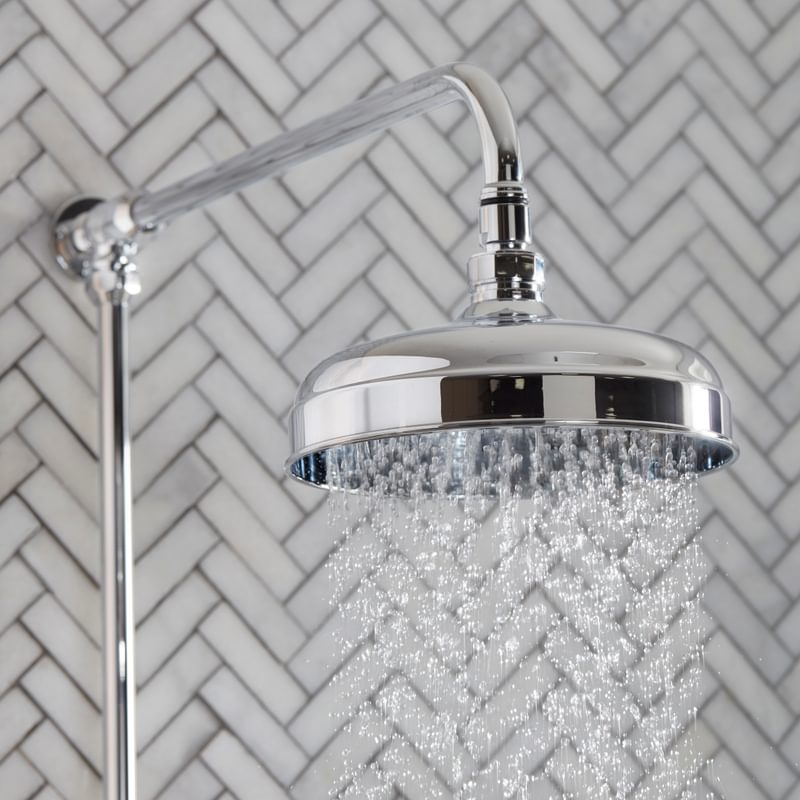


Classic showerheads often feature a bell or domed shape design that emulate traditional Edwardian or Victorian showers. You can combine a traditional shower head with either a exposed style shower valve or a concealed system for a transitional shower room look.
Contemporary Shower Heads
Contemporary shower styles often feature a sleek, slim shower head in either a square or circular style. This modern style of component is often very simple in design, ideal for more minimalist bathroom schemes. Likewise, the growing trend for more novel brassware finishes has seen even more options in terms of shower head finishes, such as matte black, allowing you to coordinate all elements of your showering system to other brassware fittings such as taps and bath fillers.
CHOOSING A SHOWER HEAD
As with any aspect of bathroom design, there are always considerations to take into account when choosing a shower head, most notably cost, space and water pressure.
Space & Ceiling Height
A spacious bathroom is something of a rarity in a time when most houses are smaller than ever. Likewise, the popularity of loft conversions and ensuites mean that ceiling height is sometimes compromised in modern bathrooms. These factors combine to limit certain showerhead choices - for instance a ceiling mounted shower that disperses water from a height would require a larger shower area to prevent water damage on walls and non tile surfaces.
Cost & Installation
The price of the component itself is just part of the overall cost of fitting a new showerhead. Showerheads can either be an incredibly cost-effective bathroom upgrade, or a bit of a hassle depending on your existing bathroom fittings. For instance, should you already have a fixed head shower, it is generally just a case of replacing like for like. If not, this would require a plumber's input to ensure all the internal pipework connects to your new shower. In the same vein, a rainfall shower requires about a foot of head clearance to achieve the optimum waterfall effect, so you may need to rethink the height of your ceilings to accommodate your dream shower head!
Water Pressure
Last but certainly not least- water pressure or lack thereof is one of the most common roadblocks for realising your perfect shower. Some shower heads, particularly rainfall designs, may require up to 3 bars of pressure to operate, when the average household water pressure is just 1 bar. Most water pressure issues can be easily solved by introducing a specialised pump into your existing system, but if you would rather not invest the majority of Roper Rhodes showers are designed to perform with just 0.5 bars. Our extensive collections give you an abundance of choice whatever style of showerhead you opt for.

